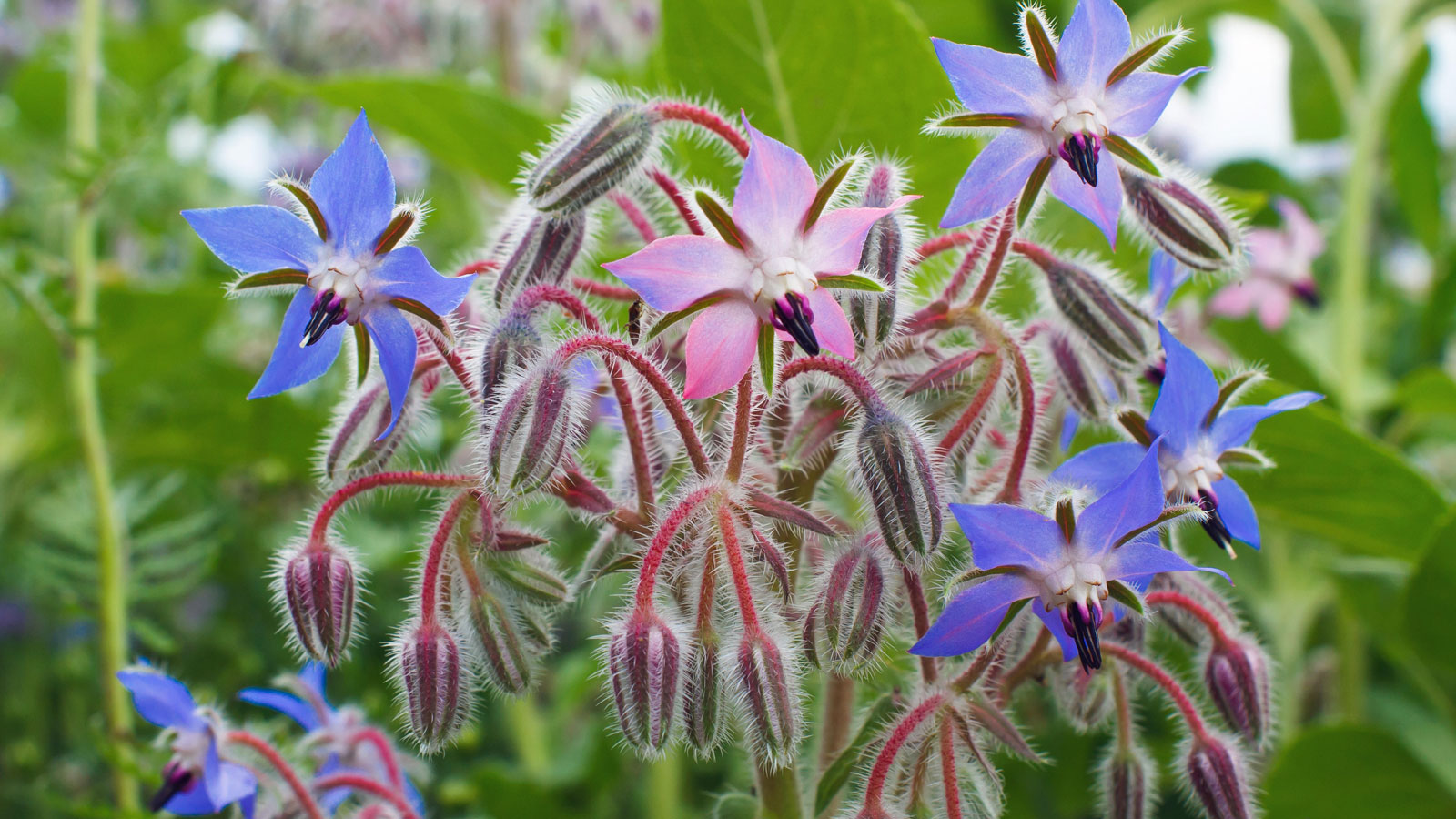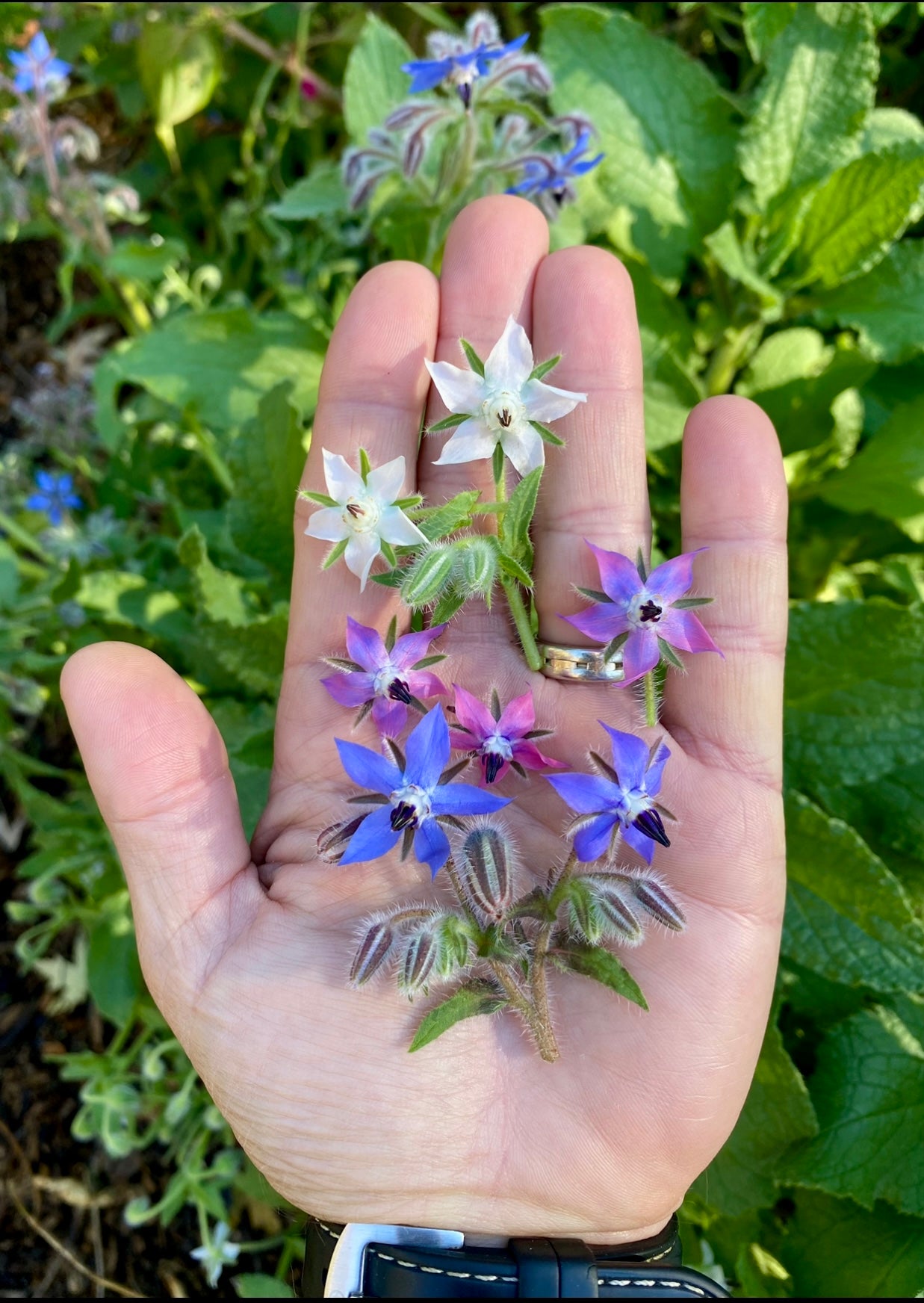Borage, with its striking blue star-shaped flowers and fuzzy leaves, is a fascinating plant that has captured the attention of herbalists, gardeners, and culinary enthusiasts for centuries. Native to the Mediterranean region, this annual herb has a rich history of use in traditional medicine and cuisine. In this comprehensive exploration of the borage plant, we will delve into its botanical characteristics, historical significance, culinary applications, medicinal properties, and cultivation tips.
Botanical Characteristics

Borage, scientifically known as Borago officinalis, belongs to the Boraginaceae family. It is an annual herb that typically grows to a height of 1-3 feet. The plant’s most distinctive feature is its vibrant blue flowers, which bloom in clusters and attract pollinators like bees and butterflies. The flowers are edible and have a refreshing cucumber-like flavor.
The leaves of borage are large, oval-shaped, and covered with fine hairs. They are also edible and can be used in salads, soups, and other dishes. The plant’s stems are hairy and hollow.
Historical Significance
Borage has a long history of use dating back to ancient times. It was highly regarded by the Greeks and Romans, who believed it to be a symbol of courage. In fact, the name “borage” is derived from the Latin word “borago,” which means “courage.”

During the Middle Ages, borage was widely used in herbal medicine. It was believed to have various medicinal properties, including the ability to soothe coughs, reduce fever, and improve mood. Borage was also used to treat skin conditions and wounds.
Culinary Applications
Borage is a versatile herb with a wide range of culinary applications. Both the flowers and leaves are edible and can be used to add flavor and color to dishes.
Flowers
Salads: Borage flowers can be used to garnish salads, adding a touch of beauty and a subtle cucumber-like flavor.
Leaves

Salads: Borage leaves can be added to salads for a refreshing and slightly peppery flavor.
Medicinal Properties
Borage has been traditionally used for its various medicinal properties. While scientific research is ongoing, some studies have suggested that borage may offer the following benefits:
Anti-inflammatory: Borage contains compounds with anti-inflammatory properties that may help reduce inflammation in the body.

Cultivation Tips
Borage is a relatively easy plant to grow, making it a great choice for both experienced and novice gardeners. Here are some tips for cultivating borage:
Sunlight: Borage thrives in full sun.
:max_bytes(150000):strip_icc()/Borage1-56a344a55f9b58b7d0d12f6a.jpg)
The borage plant, with its striking appearance and numerous benefits, is a valuable addition to any garden or kitchen. Whether you are looking to enhance your culinary creations, promote your well-being, or simply enjoy the beauty of nature, borage is a plant worth exploring.
Borage Plant
